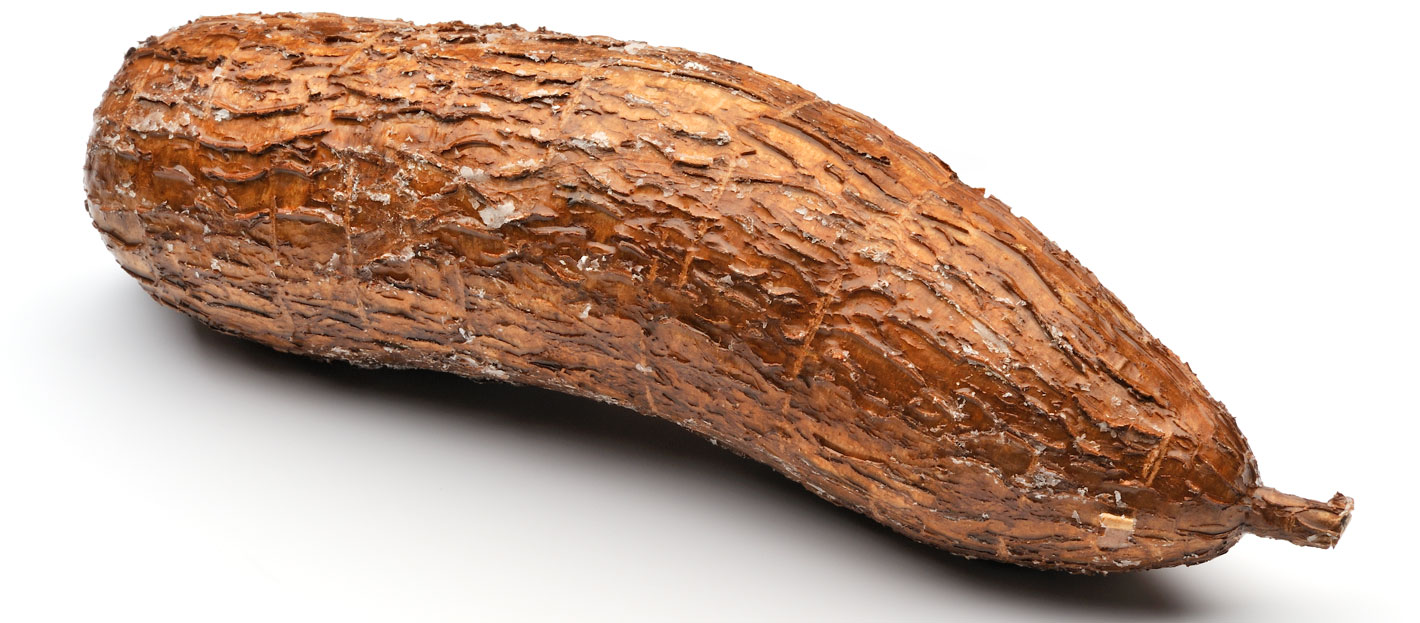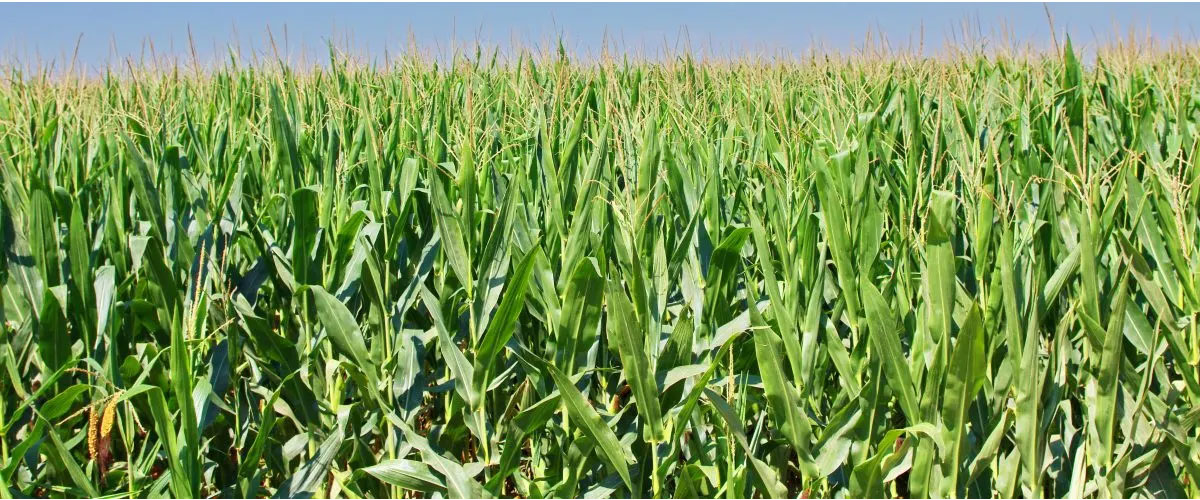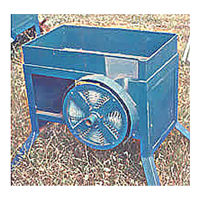CASSAVA
Cassava (Manihot esculenta Cranz and/or Manihot utillisima Phol) has been processed into food products worldwide for several hundred years. The traditional methods of processing cassava roots into food have been adapted to suit the attributes of the plant such as root yield, spoilage, cyanide content, nutrient content, and process-ability. With increasing population, increasing demand of consumers for better quality foods and increasing new uses for cassava, indigenous methods of cultivation and processing of cassava have been transformed by modern scientific knowledge for use in industrial operations. Cassava is basically made into fermented and unfermented products. Fermented products include cassava bread, fermented cassava flour, fermented starch, fufu, lafun, akyeke (or attieke), agbelima, and gari, whereas the unfermented products include tapioca, cassava chips and pellets, unfermented cassava flour and starch. New food uses of cassava include as flour in gluten free or gluten-reduced products (e.g., bread, biscuits, etc.). This review highlights progress made in the utilization of cassava for food; challenges, process and raw material development issues and improvement achieved in nutritional delivery of cassava foods. Also, progress made in the storage, presentation, packaging, etc., of cassava foods are discussed.

Investments in cassava agro enterprises depend on the location and scale of operation.
See an illustrated guide to growing Cassava.





